Farms and houses
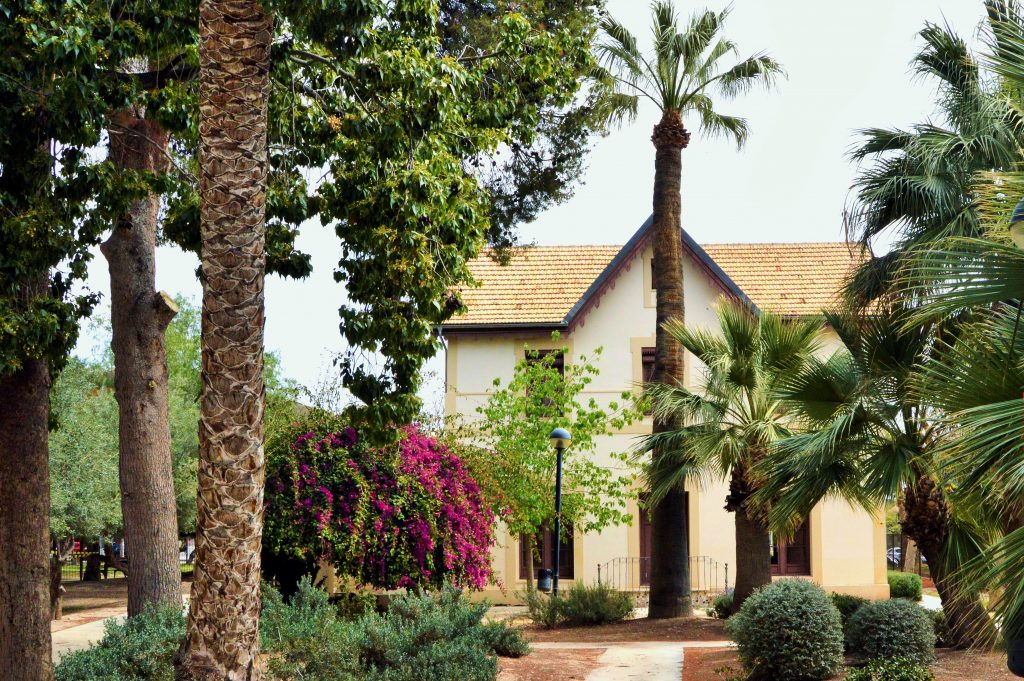
Pedro José Farm
This typical residence of the Alicante Huerta is located in front of the Cultural Center next to a park known as the Huerto de los Gigantes. It was built in the last third of the 19th century and is a clear example of 19th century bourgeois construction. The house is called Pedro José in honor of its owner, Mr. Pedro, and his first-born son, Mr. José. Currently it is used as a Peace Court and a historical event related to the end of the Spanish Civil War was triggered there.

El Reloj Farm
Located on one of the main arteries of the town, 19 Cervantes Street, the El Reloj recreation and garden property was built at the end of the 19th century. The architect D. Juan Vidal Ramos would carry out the work on the staircase facing the access door. Currently this municipal building is enabled as a Youth Center. Its gardens are a regular place for citizen congregations, thanks to the numerous events scheduled throughout the year.

The Espiños Farm
Built in the 17th or 18th century with extensive renovations carried out at the end of the 19th century, the El Espídos house, now converted into the Torre Sant Joan Hotel, is located in a privileged environment allowing you to enjoy the tranquility of nature in a beautiful orange garden, palm trees and centuries-old pines, just a few minutes from the beach and the bustling city center. In the main building, the living rooms and rooms with fireplaces, wooden beams and period furniture are preserved.
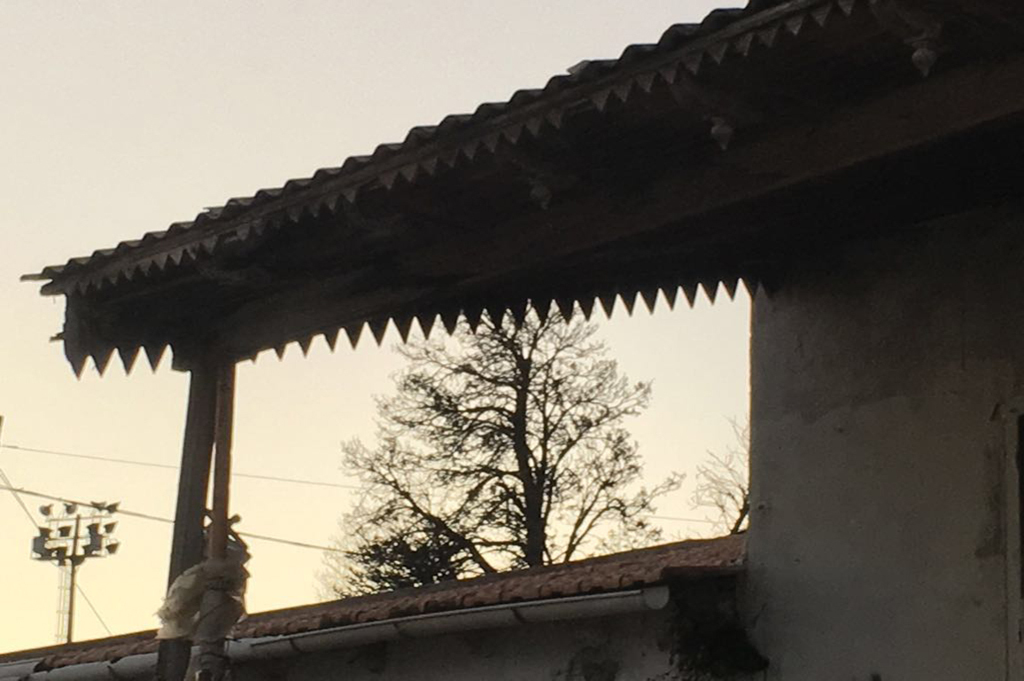
San José Farm
Very close to the El del Conde farm, in the Canelles area, is San José. It was built in the 19th century as an agricultural farm, although it would eventually become a residential house. This farm had two entrances, one on each of the roads that pass next to it. The oldest is the one on the Camino de Sant Joan, which is closest to the house. On the other side towards Xixona, a second doorway was placed, this one made of red brick buttresses with a wrought iron gate.
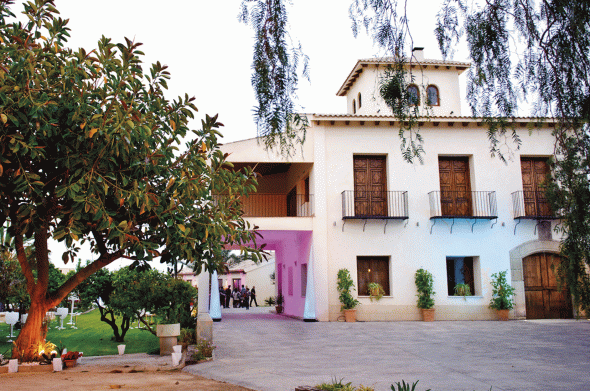
The Torreta Farm or Bella Vista
Located in the Passió area, next to Elda Avenue, one of the best-known connections between San Juan beach and Sant Joan Poble. It is a building built in the 16th or 17th century. Originally it was a typical farmhouse in the Alicante orchard, but after various renovations it became a residential home. La Torreta still preserves an important citrus orchard, which together with the rest of the cultivated plots in the area constitute one of the last active remnants of what was once the prosperous Alicante orchard.
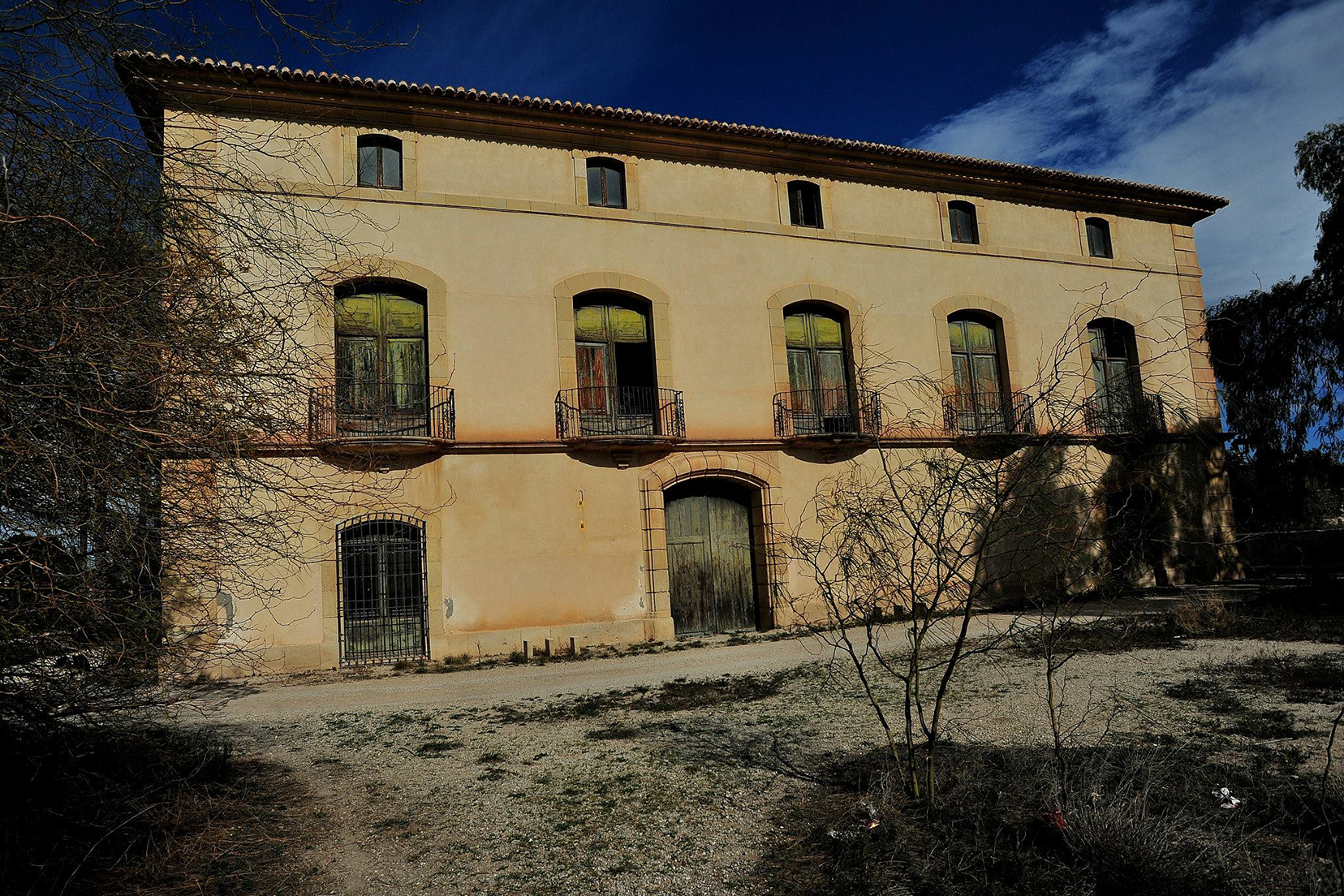
The Princess Farm
Lost in the Fabraquer Norte section, the Princess road leads to this mansion that dates back to the 16th or early 17th century. The sobriety of the building has been linked to the influences of the famous Juan de Herrera, architect of the Royal Monastery of San Lorenzo de El Escorial. In the 18th century the complex underwent a profound transformation that served to accommodate its new owners, Princess Pío of Savoy and Marchioness of Castel Rodrigo and her husband D. Antonio Valcárcel.
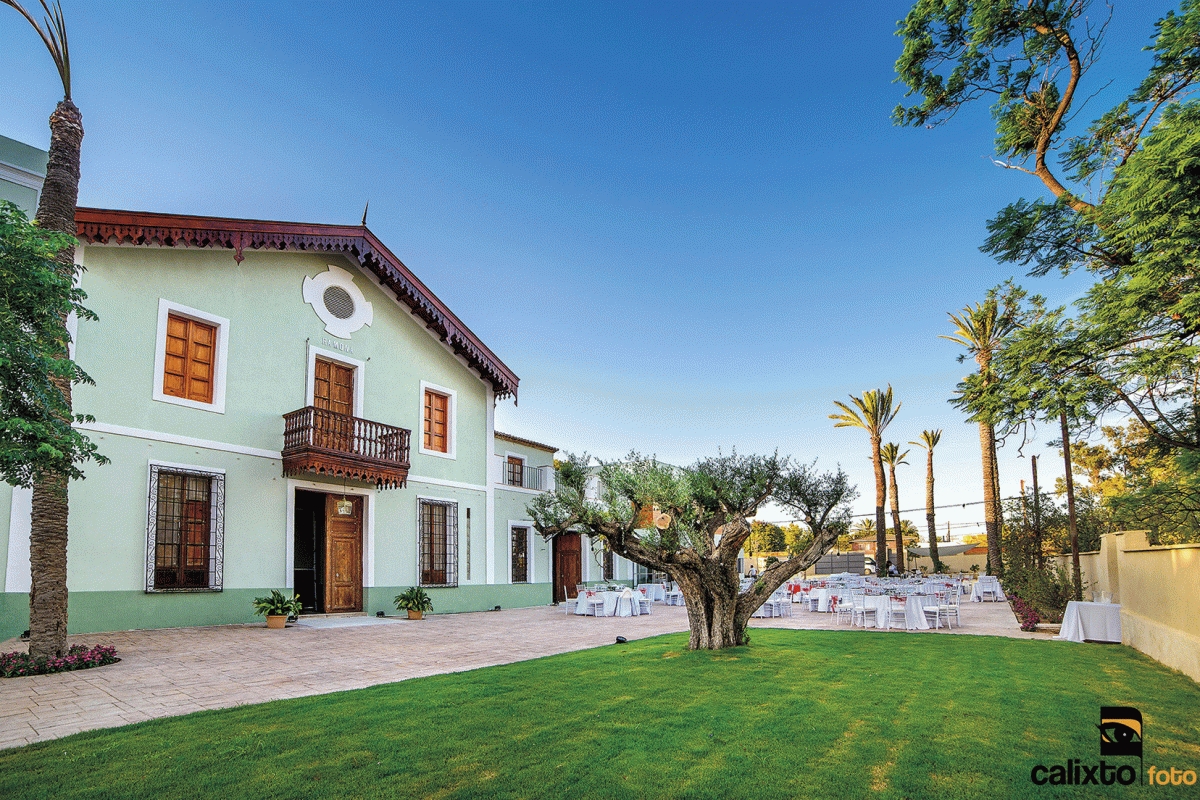
Villa Ramona
Walking along Benimagrell street we find Villa Ramona, today converted into a leisure and events space, but in the past, it was an old farm house. The villa was built before the 19th century and underwent important renovations between 1918 and 1919. Its garden façade has a more eclectic composition typical of small French hotels: sloping roofs and a ridge perpendicular to the façade. The garden preserves part of the pine forest and palm trees and a large terrace, similar to those used throughout the 19th century.
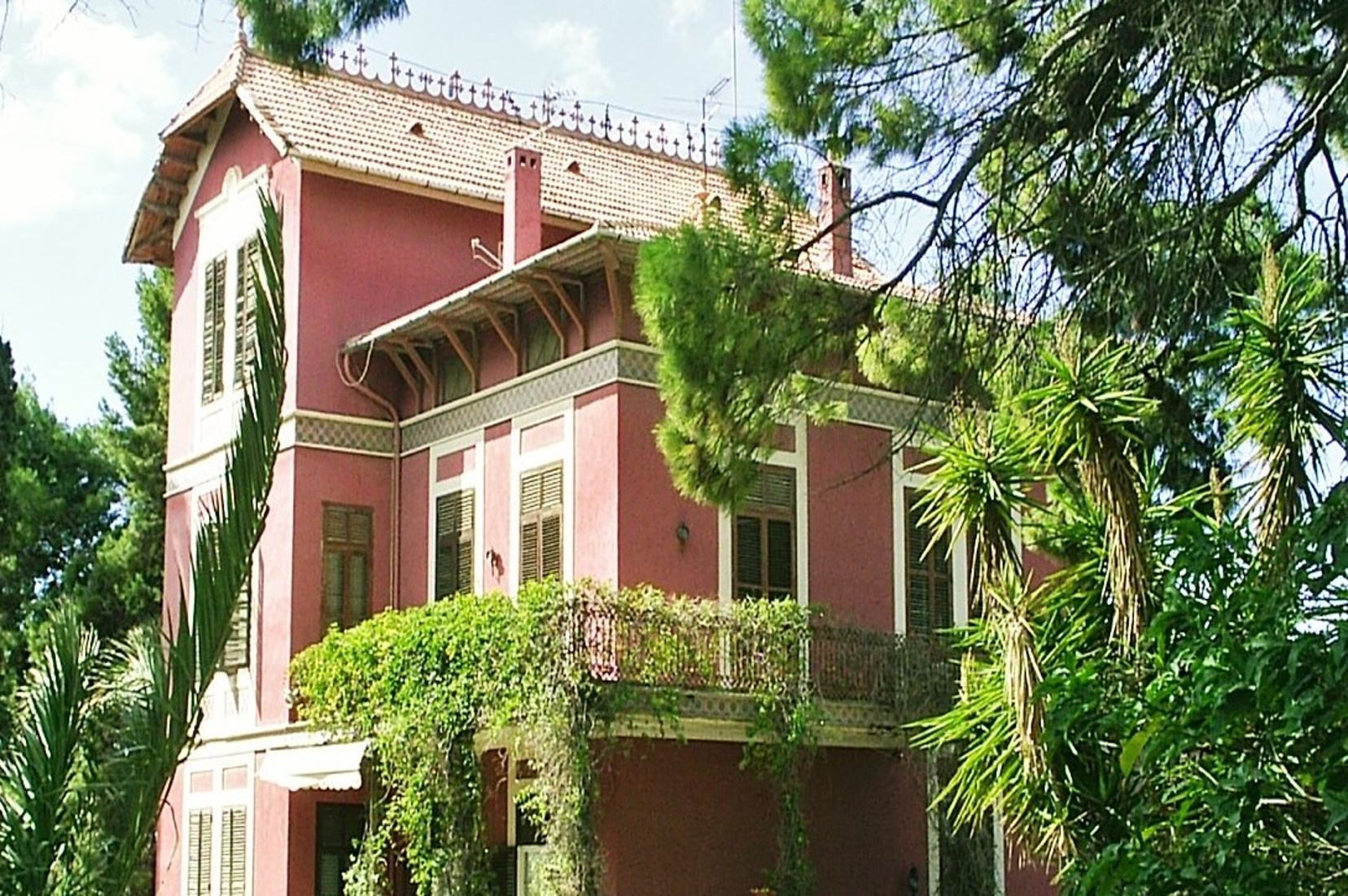
Palmeretes Estate
Under the shade of ancient pines, ficuses and jacarandas we find this abandoned treasure. It was built in the 19th century next to the old road of the same name that leads to the coast. Despite the deterioration it is currently suffering, the composition of its volumes, the almagra red render of its façade and the refined French-influenced style make this home one of the most beautiful buildings in the region. The town had beautiful gardens and a hermitage, which stands out for the large lantern that crowns the dome with zinc tiles.
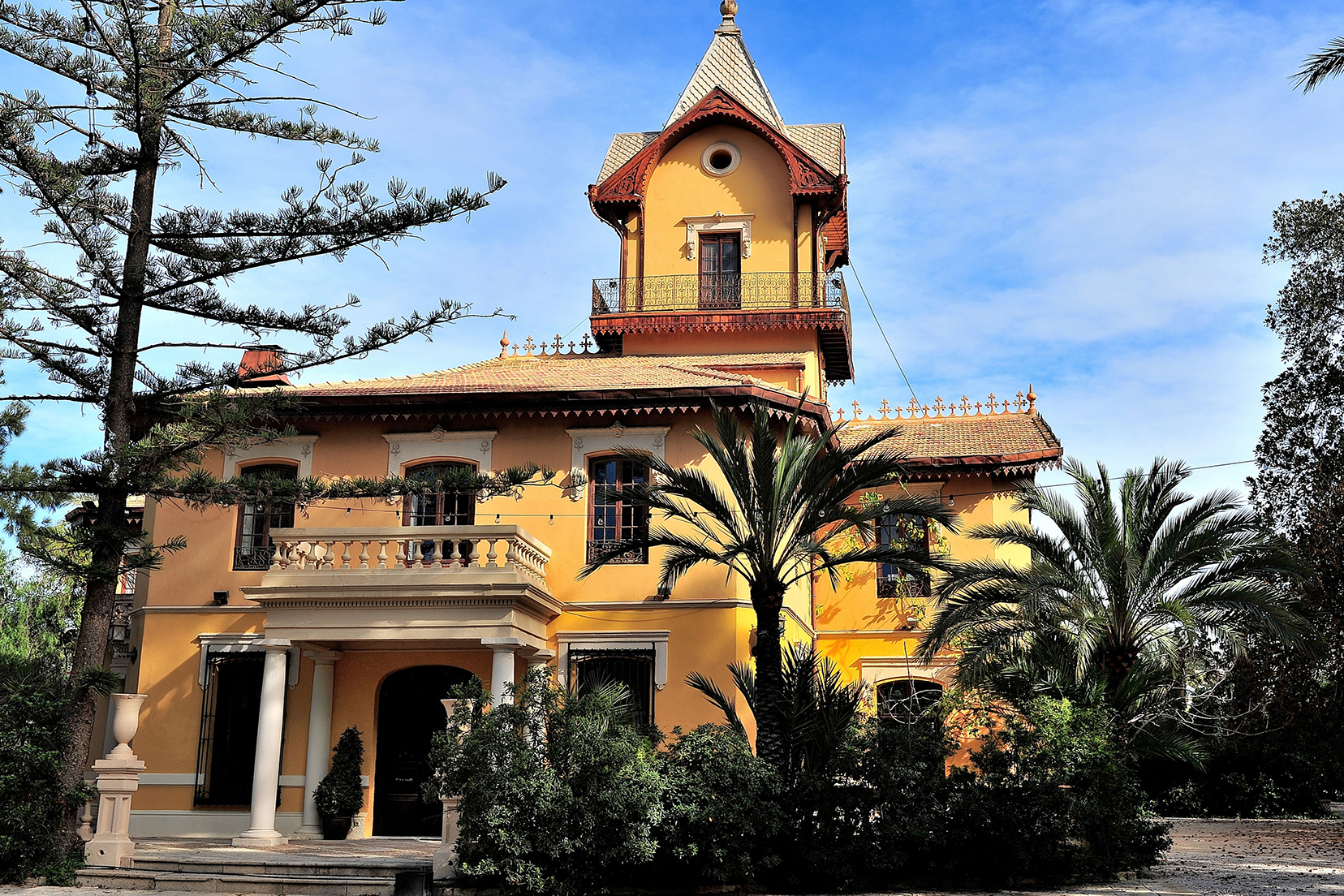
April Estate
In the Fabraquer Norte area, on San Antonio Street, we find the Abril farm. It is a pleasure house from before the 17th century, subject to important transformations at the end of the 19th century that turned the place into a sophisticated place, capable of making us enjoy with all five senses. Its gardens embrace the building, turning the complex into a magical enclave. The house has had illustrious owners, highlighting, at the end of the 19th century, the mayor of Alicante, Mr. Eleuterio Maisonnave y Cutayar.

Santa Luzia Farm
This property built at the end of the 19th century is located on Avenida de Alicante, nº 20, west of the town of Sant Joan, about 500 meters from the Santa Faz monastery. El Jabalí was originally used for agricultural exploitation and was later converted into a home, although part of the land was conserved as an orchard. From 1972 to 2017, the El Jabalí restaurant was located on the farm, specializing in French cuisine. It was in 2017, when after 45 years of activity, the restaurant closed its doors due to the retirement of its owner.
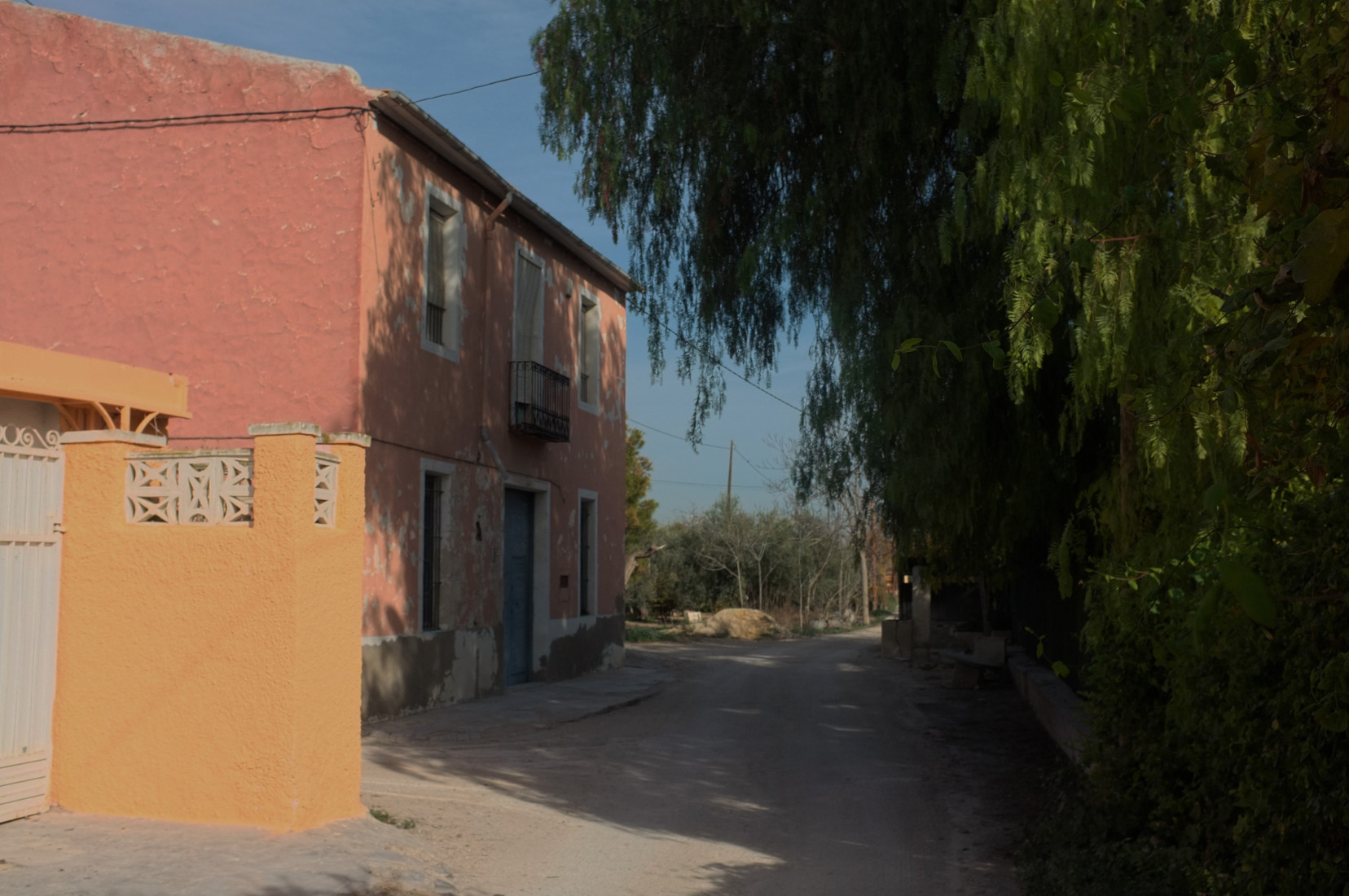
Finca Lo de Bellón
In the Fabraquer Norte area, on San Antonio Street, we find the Abril farm. It is a pleasure house from before the 17th century, subject to important transformations at the end of the 19th century that turned the place into a sophisticated place, capable of making us enjoy with all five senses. Its gardens embrace the building, turning the complex into a magical enclave. The house has had illustrious owners, highlighting, at the end of the 19th century, the mayor of Alicante, Mr. Eleuterio Maisonnave y Cutayar.
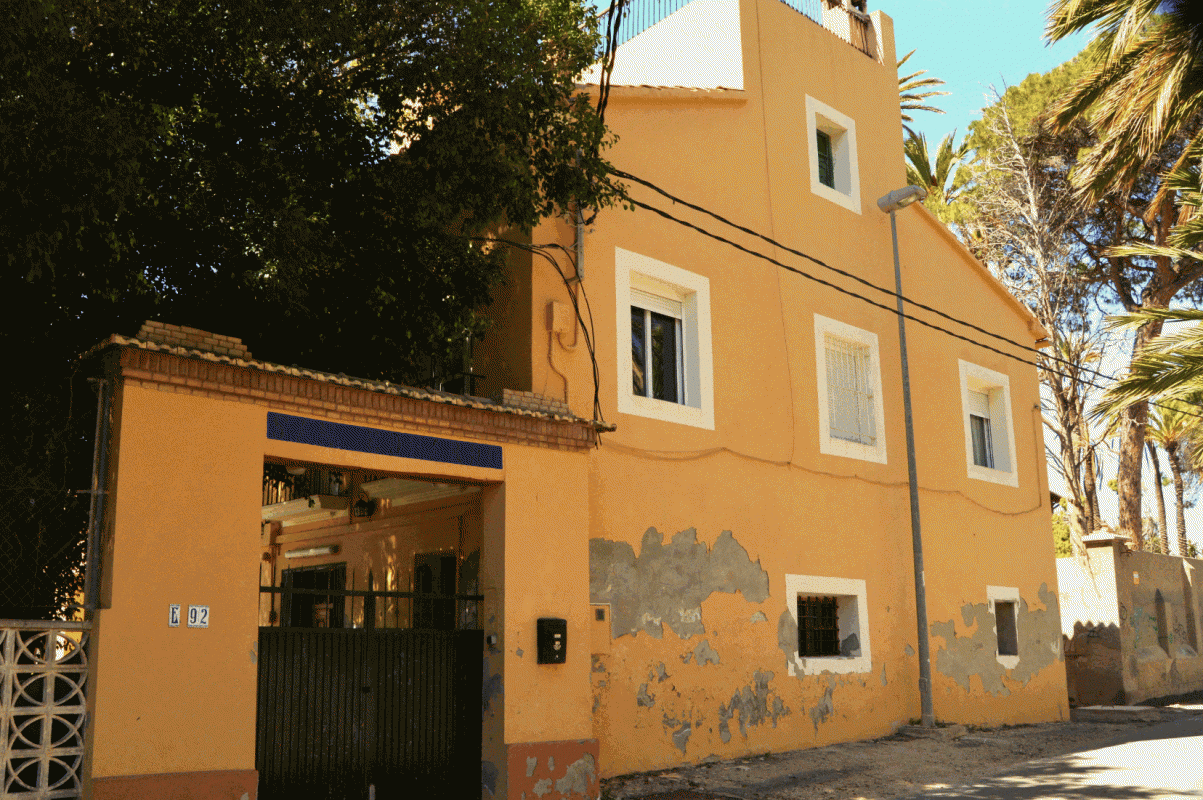
Finca San Eduardo or Lampa
Located in the El Salt area, between Miguel Hernández Avenue and Palmeretes Road, we find this solid building built in the 19th century. The complex is sheltered by pines, melias and palm trees from its own garden and the neighboring Palmeretes estate. The house has a rectangular floor plan and has two floors and a tower. The rooms intended for public life are located on the ground floor, organized around a hall with two bays, joined by a large lintel opening. The private rooms are located on the upper floor.
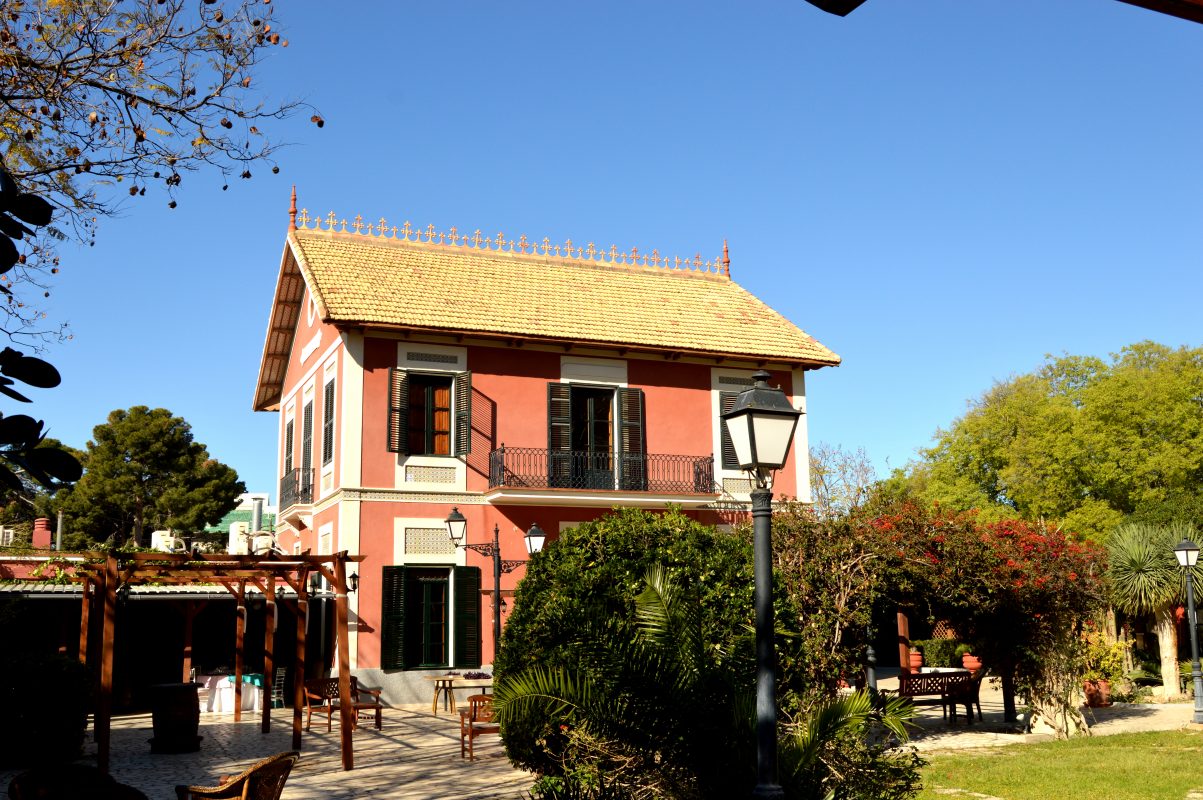
Villa Antonia Estate
Villa Antonia is not a house, Villa Antonia is the House. If we ask a child to paint us a little house, it will be very difficult to find another dwelling that fits his drawing as well, and the composition of this building with a gabled roof, an oculus in the gable end and the symmetry of its openings, They turn this home into an archetype. Furthermore, the construction is materialized through typically Alicante elements, a terracotta-colored plastered façade, ceramic decoration, flat tiles and a wonderful garden. It is located at 82 Antonio Street, also known as Vereda de Sant Joan.
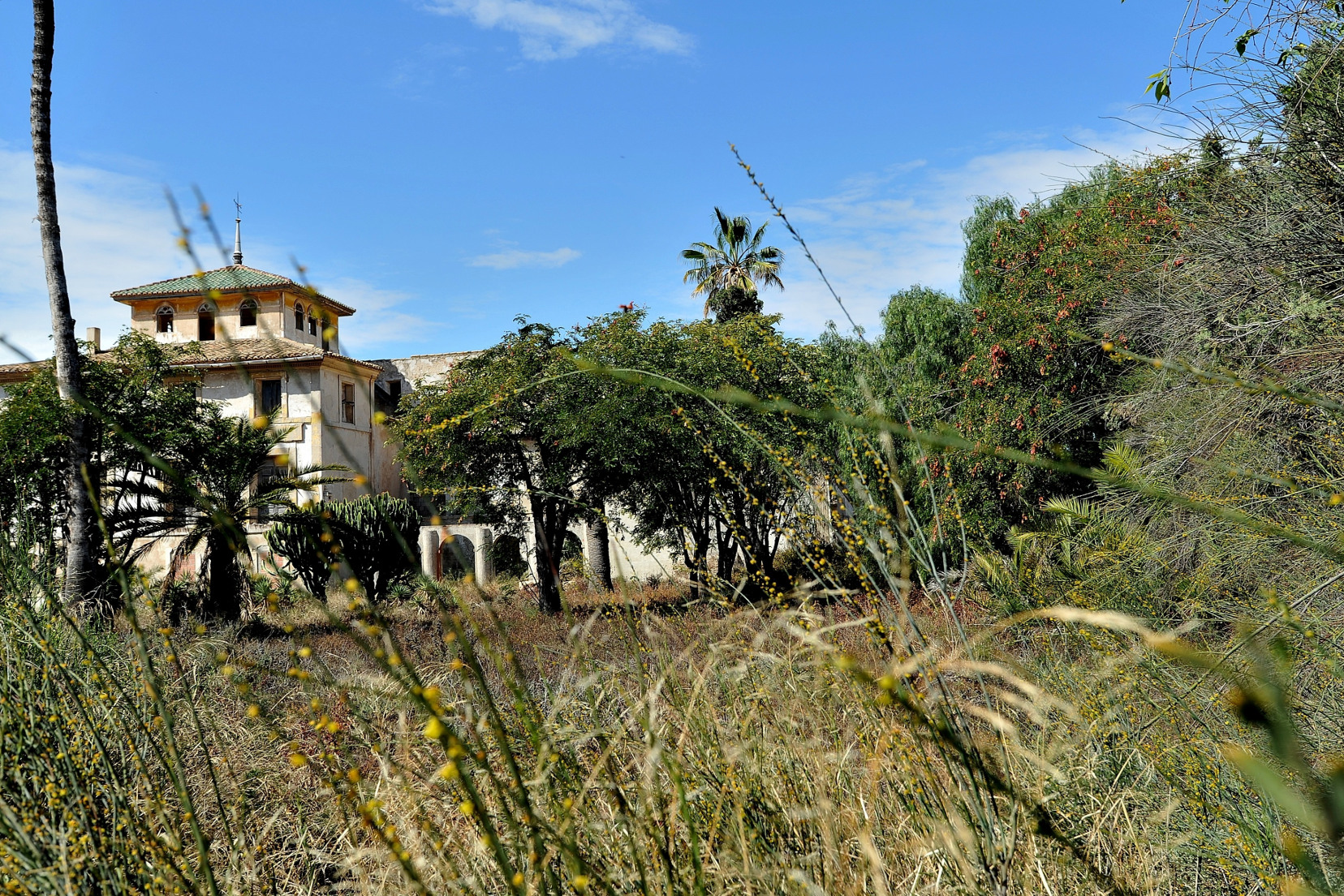
Finca El de Conde or La Paz
There was a time when crossing the large gate that gives access to this noble villa was something that could not be taken lightly. The property, from the 16th century, belonged to the illustrious family of Messrs. Counts of Casa Rojas and Marquis of Bosch. In the 19th century, when aristocrats and upper classes sought peace and delight in the fields of Alicante, its owner was Mr. Marqués de Algorfa. Today, however, next to the door where honorable carriages used to pass, we find a sign that says: DANGER, building in ruins, entry prohibited.
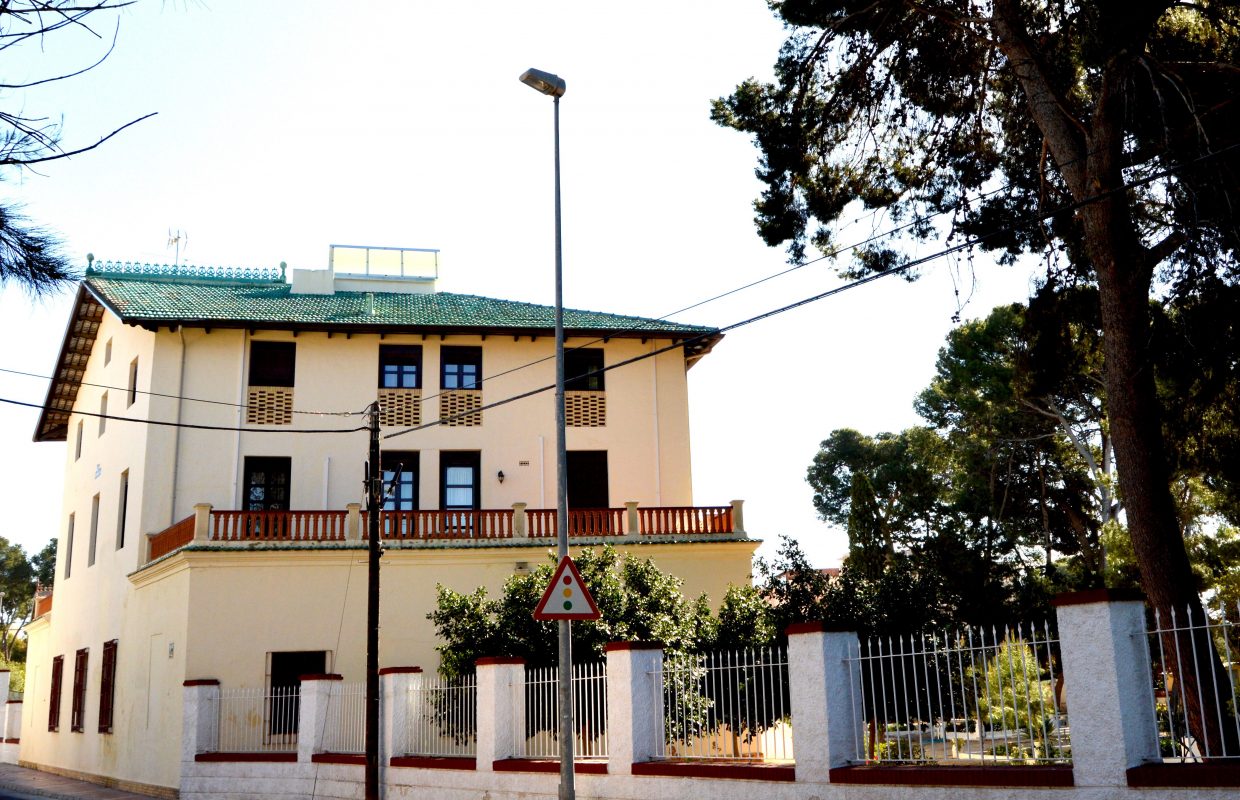
La Pinada Estate
Following the old path of Sant Joan, we find La Pinada, located on San Antonio street, nº 74. La Pinada is a Swiss-type residential home. Built at the end of the 19th century, beginning of the 20th century. It has been rehabilitated to house part of the facilities of the Railway Pensioner's Residence. Its name comes from the majestic pine forest that exists in its garden, trees that compete with the height of the skylight, located in the center of the house.
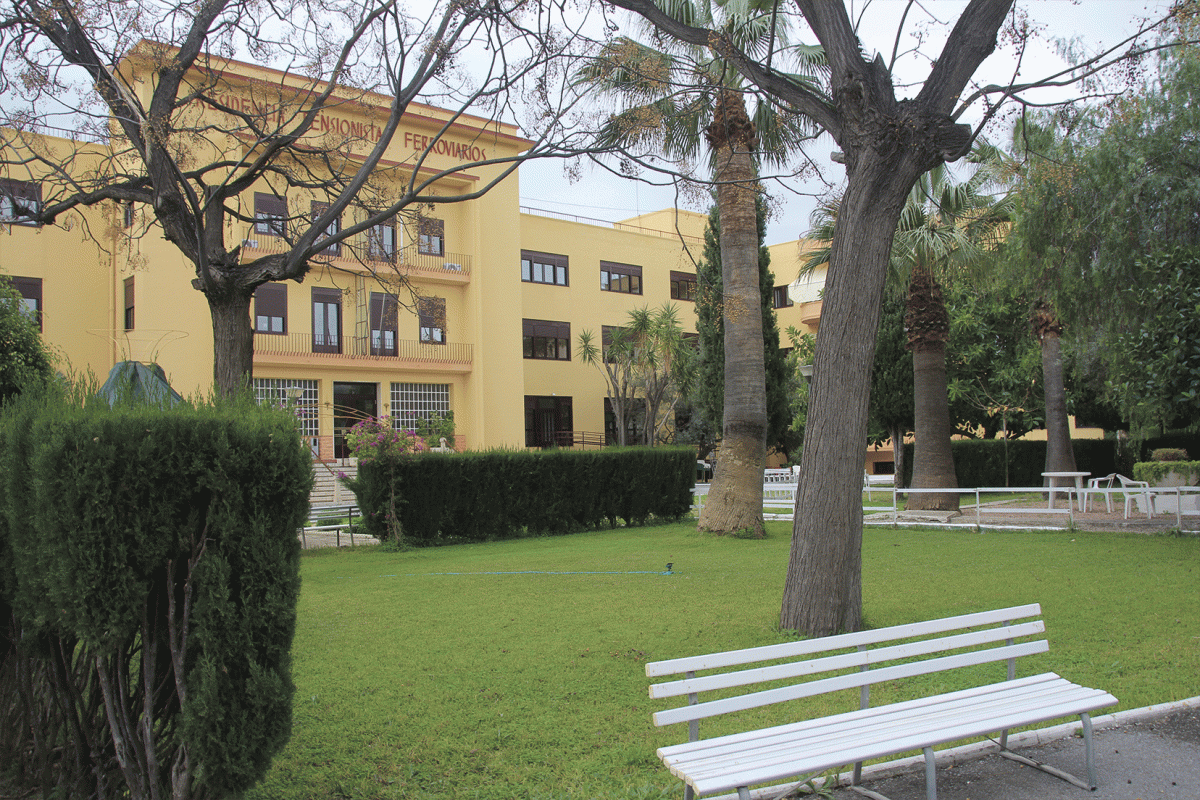
Railway Residence
On Sant Antoni street nº 88, also called Sant Joan sidewalk, a few meters from the House of Culture we find the Railway Pensioners' Residence, whose main objective is to satisfy the socio-sanitary needs of the residents. Railway Pensioners Currently it is no longer necessary to have belonged to this group to be able to stay here. It is a unique building, the work of the architect Mr. Francisco Alonso y Martos, which was built in 1955. It presents characteristics of rationalist architecture, although this movement appeared in Europe much earlier, in the second decade of the 20th century.
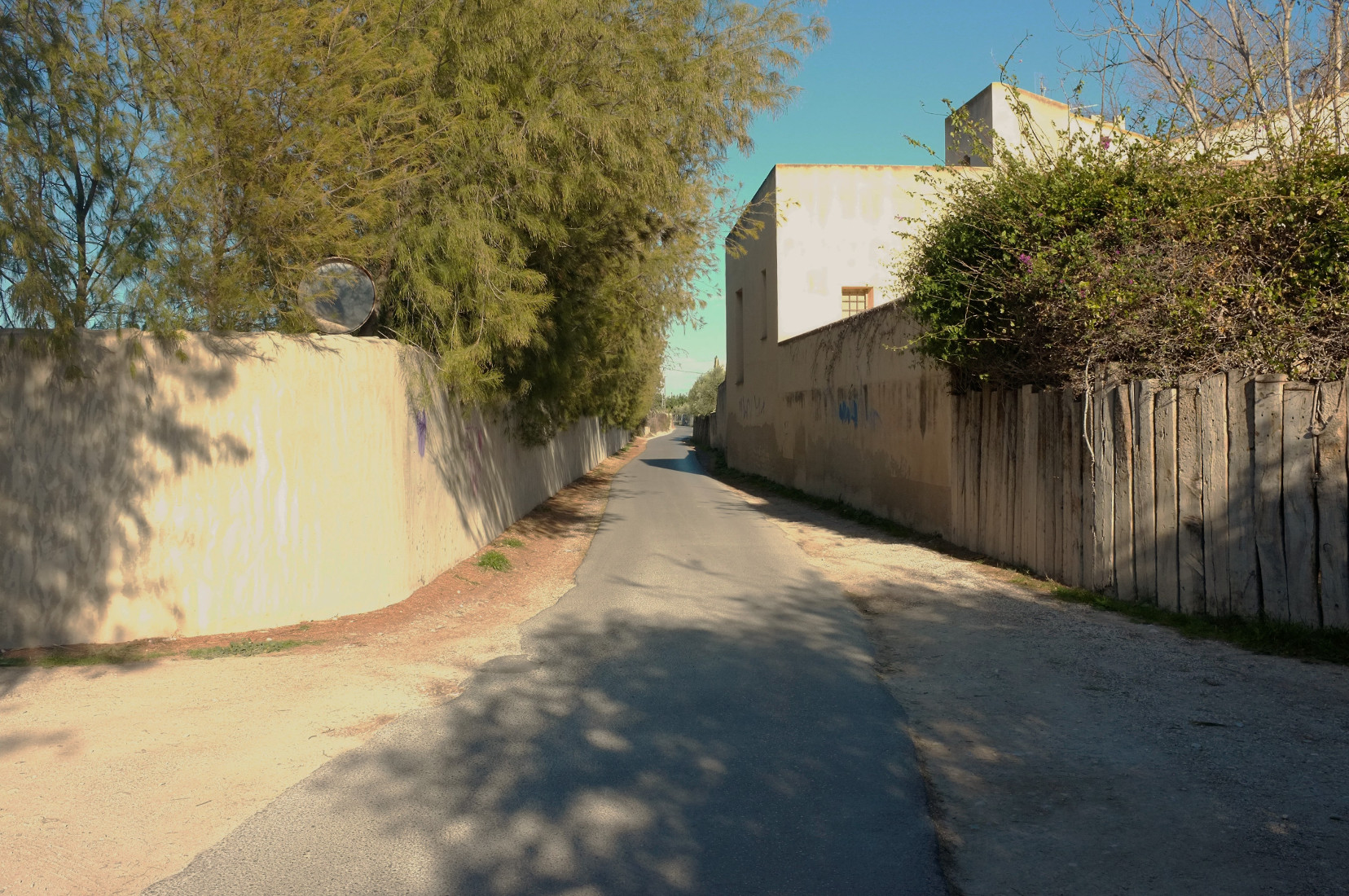
Mosén Sáez House
It is located in the area of Les Moletes, in one of the few areas of southern Fabraquer that still maintains active crops. The building dates from the late 16th or early 17th century. Originally it was a typical farmhouse from the Alicante Huerta that after various renovations became a residential home. The complex has a chapel, located next to the Camí Reial de la Vila Joiosa, also called Vereda de Benimagrell. It preserves the winery and an important area of citrus trees with a large irrigation pond.

Finca La Providencia
There was a time when this landscape was drawn with fields of vines and olive trees, the water lines sought the slopes of the land providing irrigation and drainage, the tall trees cut off the unfavorable winds following the boundaries of the property, the roads articulated the territory and the towers were the stone guardians of the old world. Today, however, modern urban planning erases the traces of that orchard with its asphalt streets, although sometimes the ruler does not find a way to assimilate certain pieces of territory, preserving fragments of ancient treasures, as has happened with the La Providencia or Candal estate. .
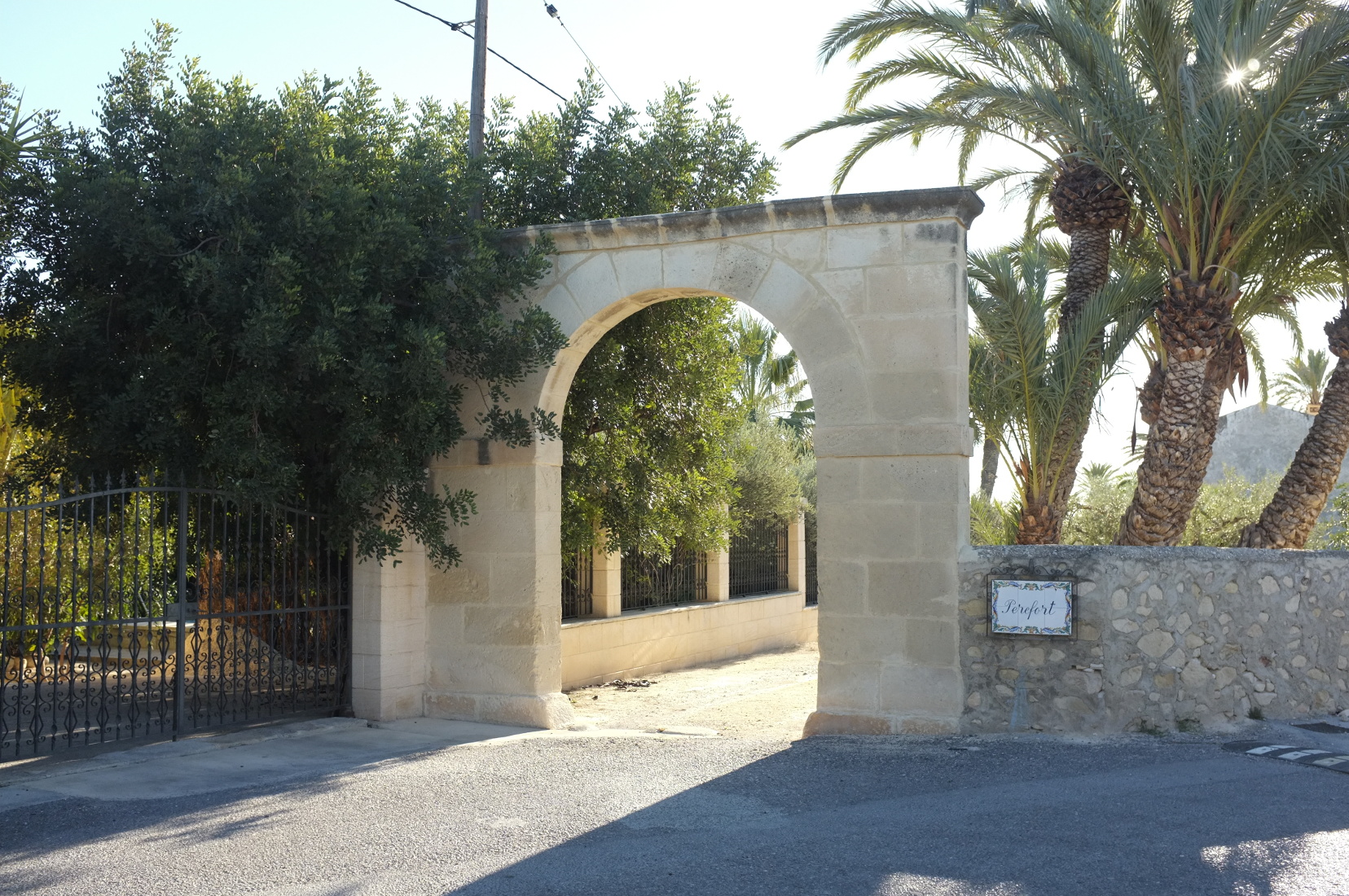
Perefort Estate
Located in the area of El Campet, on the old Camí de la Alquería del Canonge that headed towards the sea, today called Camí del Campet. The building could date from the 16th or 17th century. Originally it was a typical farmhouse from the Alicante Huerta that after various renovations, became a residential home. Little remains of the extensive fields of the estate, although you can still see the irrigation furrows accompanied by some isolated carob or olive trees. An old irrigation pond is still preserved on the eastern edge.

Ravel House
Located in the Santa Faz area, next to the old Colefruse factory. It is a building that dates back to the 17th century. It was formerly a farmhouse but over time it ended up in a residential home where a family of Swedish origin lived at the end of the 19th century, beginning of the 20th century. The exterior of this property has arable fields, now disused. The recreational gardens are separated into two levels by a wide staircase of stone steps in a neoclassical style. The estate preserves the elements that served to support the wine barrels.
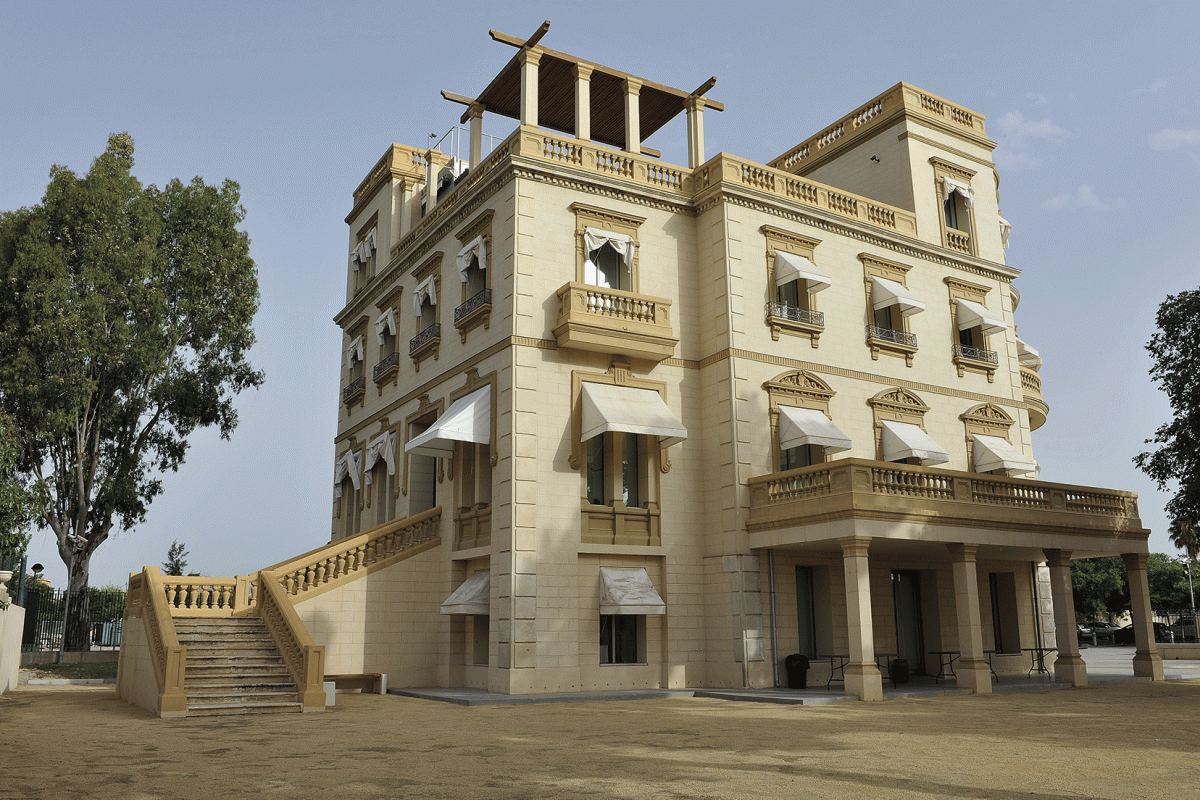
Finca Buena Vista or Casa Prytz
Near the Monastery of Santa Faz is an imposing estate from the late 18th century called Buena Vista, since from it you could see both the beach and the countryside. We know that in the mid-19th century it was owned by the III Count of Pinohermoso, Mr. Juan Roca de Togores y Carrasco and his wife Mrs. Inés Sanz de Vallés y Monserrat. After the death of the Count, the estate was purchased by Mr. Hugo Prytz Carter, and was renamed Casa Prytz. The sculptures and fountain from the 18th century that today decorate the Parque de Canalejas in Alicante, belonged to the majestic gardens of the estate.
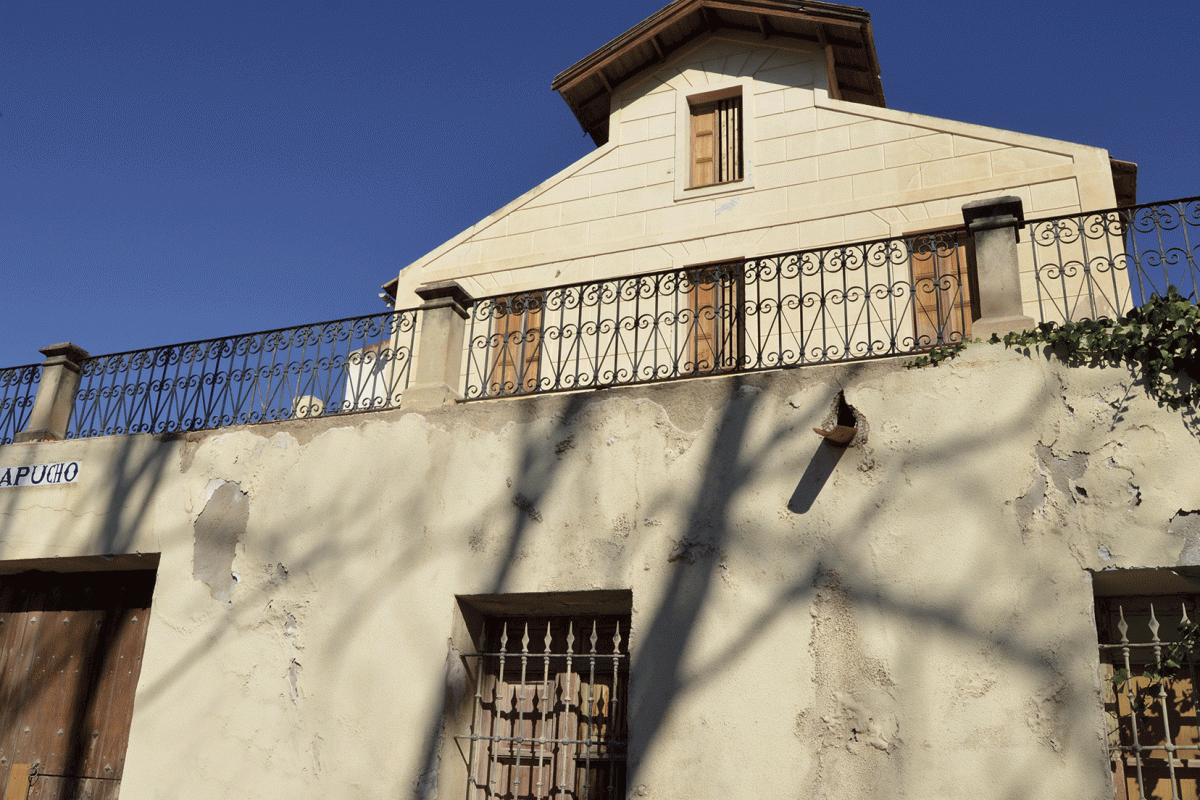
Capucho Estate
Located in the Fabraquer area, next to the Camino Reial de la Vila Joiosa. There is evidence that the Capucho estate already existed in the 17th century, but it could have been built earlier. Since then it has been the gardening residence of the Barons of Finestrat. The wines and silks harvested on this estate were so famous that they were exhibited as worthy Alicante articles at the Great Exhibition of London, which took place in 1851, where several bottles of malvasia, fondillón and aloque wine, as well as a skein of silk, were offered by the Fifth Baron of Finestrat himself.
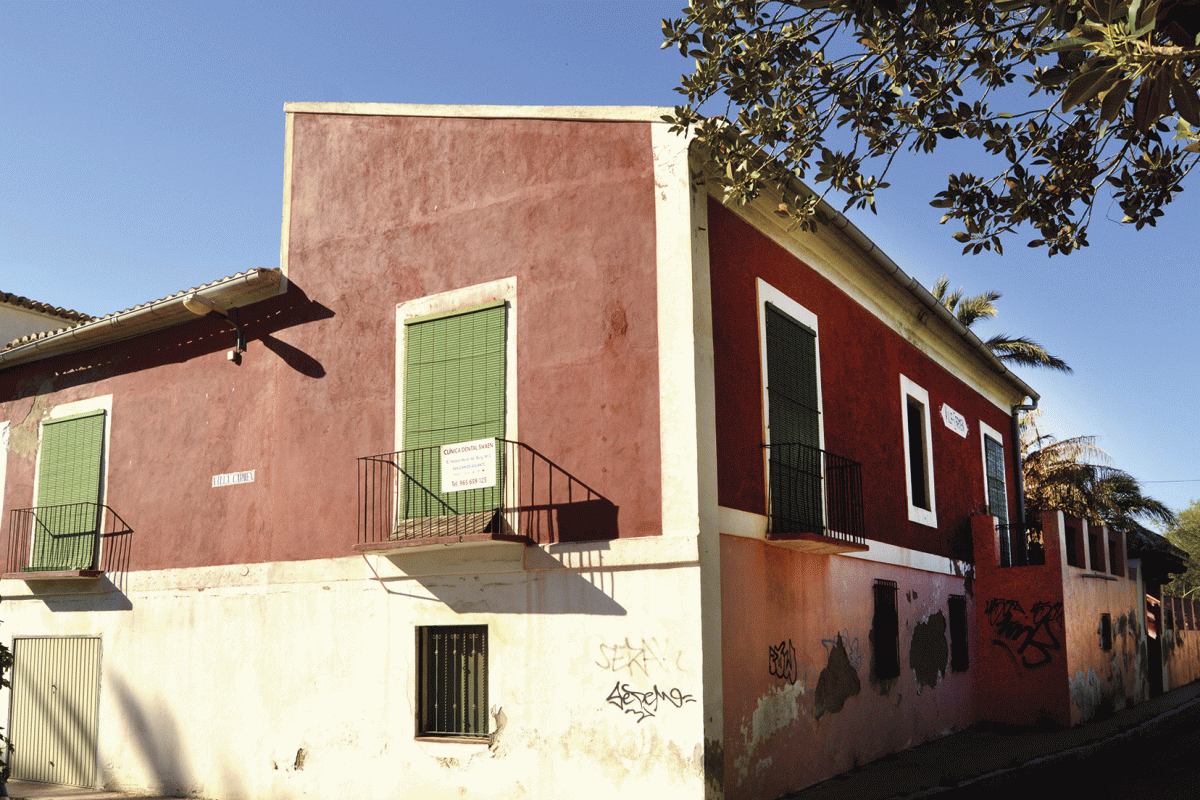
Villa Carmen
Located in the El Campet area, it is a building that dates back to the 17th or 18th century. Originally it was a typical farmhouse from the Alicante orchard that after various renovations, became a residential home. The house is organized through a small hall that connects the cellar and the old stable; The staircase that connects to the upper floor is also located there. Among the ornamental elements, the wooden panels with curved shapes, possibly from the 18th century, stand out.

Nazareth Estate
Nou Nazaret was destined to be one of the most promising neighborhoods in Sant Joan d'Alacant. 900 homes were planned, 200 of them officially protected, 45,000 m2 of green areas and the same number destined for the expansion of the Miguel Hernández University. However, the economic crisis and countless disagreements between the council and the developer caused the works to come to a halt. Currently, while the necessary steps are being taken to undertake the completion of the sector, walking through the ghost neighborhood that surrounds this impressive 16th century estate is an overwhelming experience.
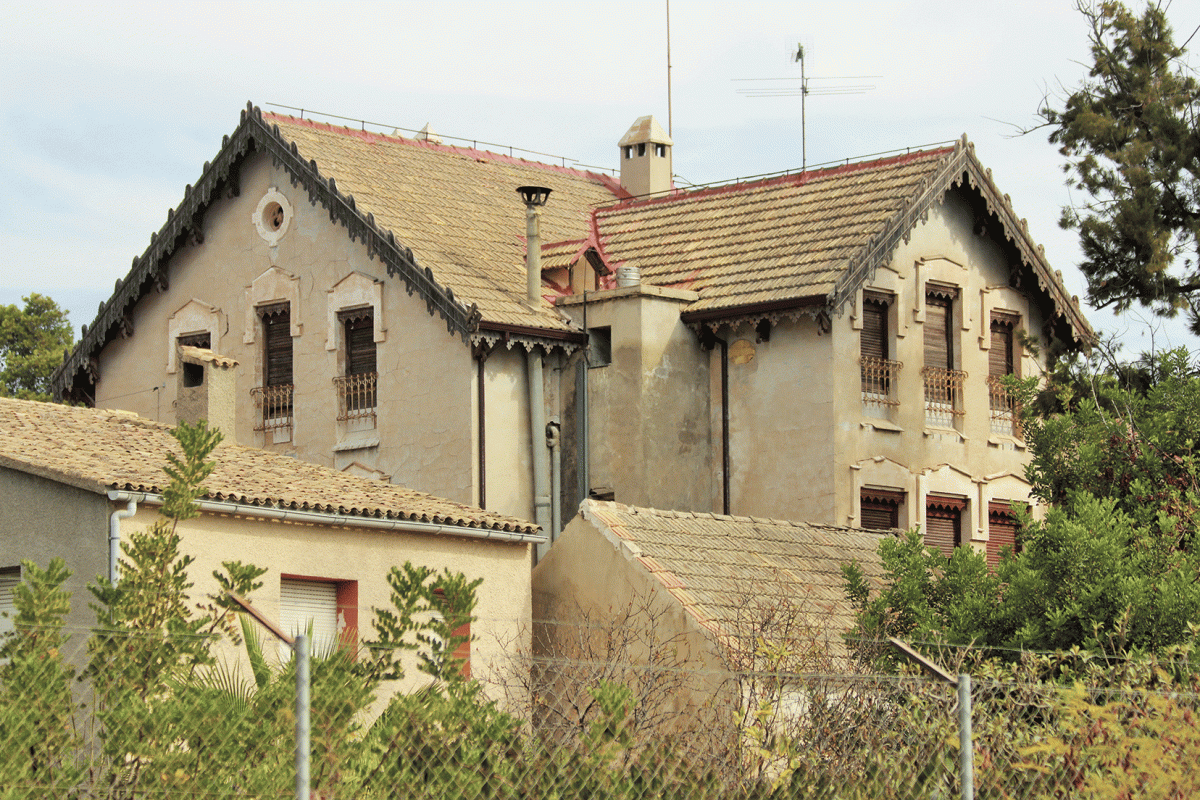
Manzaneta Estate
Hidden Finca Manzaneta, is located on Hernán Cortés Street, nº 1. It is an important 18th century building with strong 19th century features, the result of the reforms carried out in the 19th century, possibly the work of the architect D. Enrique Sánchez Sedeño. It was the residence of Mr. Antonio Campos y Domenech and his wife Mrs. Juana Carrera Bellón. During the Civil War, it was used as a nursery school for the University School Foundation. Its gardens stand out, with numerous centenary trees that today form part of the most beautiful public park in the municipality.
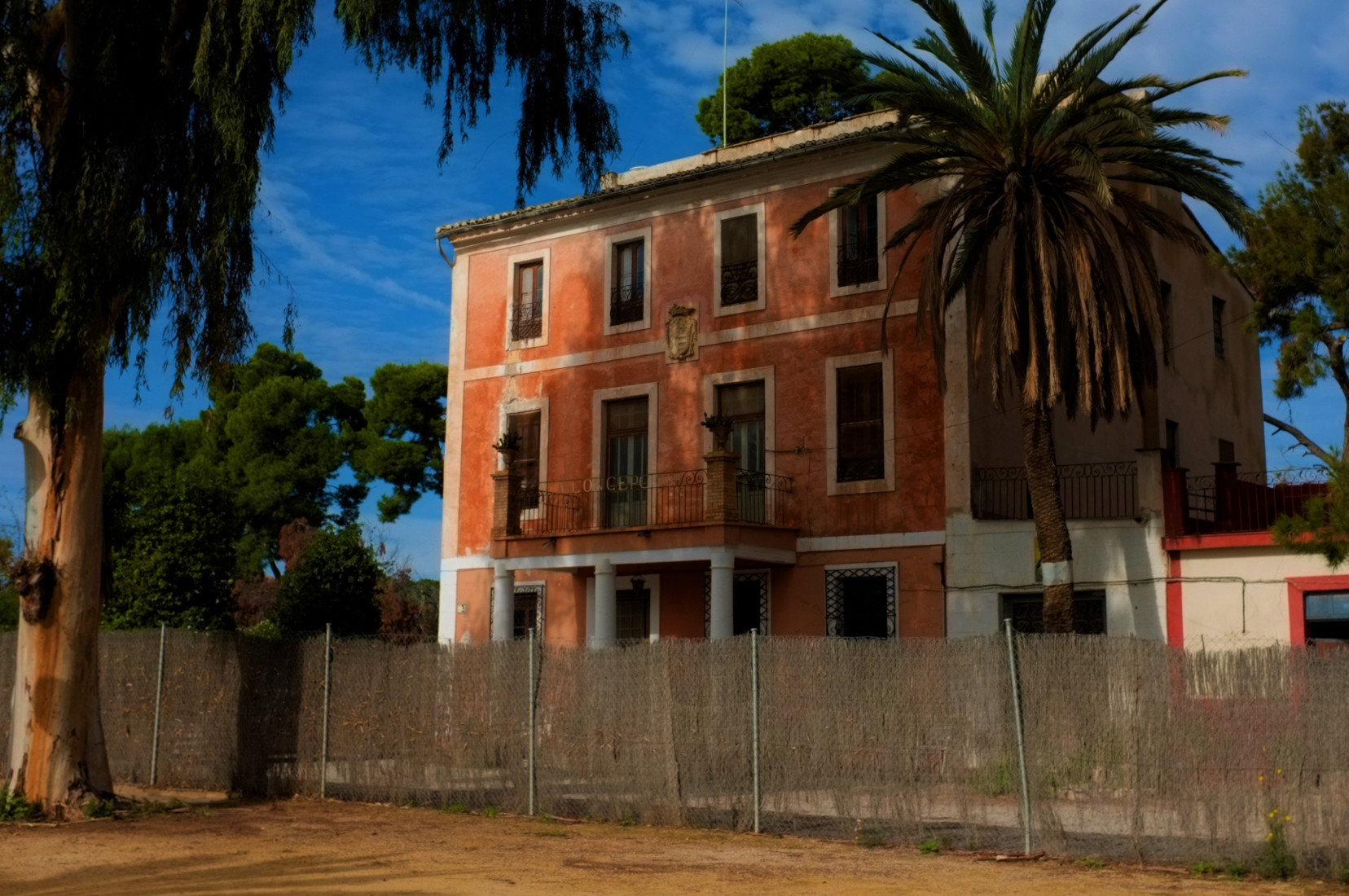
La Concepción Estate
La Concepción is located on Hernán Cortés Street, 8. The complex formed by this picturesque 18th century construction, together with the wonderful gardens that surround it, constitutes without a doubt one of the most attractive places in Sant Joan d'Alacant. The gardens have become a public park, a bucolic enclave where you can contemplate the monumentality of its trees and enjoy a good walk. The name of the residence comes from its owner, Mrs. Concepción Pascual de Pobil Estellés, born in 1832 in Sant Joan on the Capucho estate, daughter of the V Baron of Finestrat.

Finca El del Soler
Located in the Passió area, it is a building that dates back to the 16th or 17th century. Originally it was a typical farmhouse from the Alicante orchard that after various renovations, became a residential home. It is known that at the beginning of the 20th century, Mr. Teodomiro Pérez Gosálbez owned this residence. It is a renovated two-story house that still retains its original structure. We find the typical element in these houses: a large hall with a tented arch.

Villos Estate
The property called Villós is located in the Lloixa area and on the road of the same name, a building dating back to the 16th or 17th century, with later renovations. It is known that at the beginning of the 20th century the widow of the Count of Mira owned this residence and it is said that the Marquis of Rio-Florido was born in this house at the beginning of the 19th century. Other rooms from the construction period are the old warehouse, with a rectangular floor plan divided into two bays, and the old stables that are located in the part of the house.

Villa Emma
Located in the Santa Faz area. Built at the end of the 19th century by Francisco Fajardo Guardiola. Typologically it corresponds to a home for residential use. This building complex is made up of three attached bodies that belong to different construction stages, with the central part corresponding to the initial phase. The construction is the living image of a 19th century Swiss house as the roof has a very steep slope and is decorated with ceramic ridges. The extensive garden is greatly modified with respect to what it must have been originally.

San Antonio or El del Pró
It is located at the end of the Capiscol road, which is named after a disappeared farm. It is a rectangular building in which the ashlar arch in the lobby and the distribution of the façade stand out. It is believed to date back to the 18th century, although it underwent renovations in the 19th century. The central part of the house has a single floor but the side annexes have one more floor. In these rooms there are bedrooms and living rooms. En el exterior podemos observar la capilla dedicada a Santa Rita de Casia.

Villa Marco
Built in the 17th century, it was the residence of the Counts of Casa-Rojas. It is located on Pintor Pérez Gil Avenue, a busy road connecting the road network with the Sant Joan University Campus, the clinical hospital and the residential neighbourhoods of the beaches. But this road was built in the first half of the 2000s. Until then, south of La Cadena there was only an old road surrounded by orchards that stretched as far as the neighbouring tower of Soto, home of the lords of Soto Ameno.

Morote Estate
In Vistahermosa, very close to Sant Joan d'Alacant, is the Morote farm. Built in 1690, it is estimated that it originally had an area of 15 hectares. The estate is mentioned by the Chronicler Viravens in the last third of the 19th century. At that time it belonged to Mr. Domingo Morelló y Segura. It preserves the winery that has two cups and a blood mill. The current owner, Mr. Tomás, has exposed utensils from the agricultural uses and irrigation of the Huerta. A blood mill. Finca Morote is one of the few that preserves agricultural activity with the cultivation of cereals and grapes, maintaining the production of wine and oil.